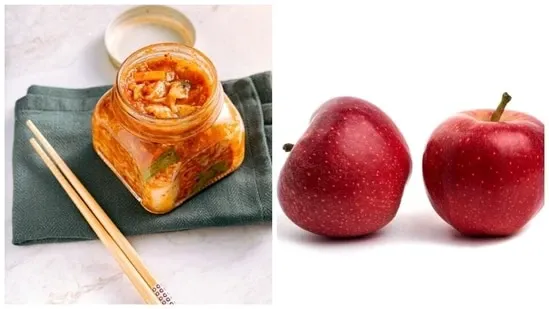However, often taking these drugs can affect your gut bacteria, and it takes time to recover. According to a July 2021 study, recovery of the gut microbiota after antibiotics depends on host diet, community context, and environmental reservoirs. But you can always aid it by adding nutritional food items to your diet.
What should you eat to heal after antibiotics?
In a post shared on August 30, Dr Joseph Salhab, a gastroenterologist, shared a list of food items that one can consume after taking antibiotics. He says, "It can take several weeks to months to restore your gut environment after a course of antibiotics." Therefore, it is best to ensure that you're including these foods to jumpstart the process of restoring your gut bacteria:
Foods to take to heal after antibiotics:
- chia seeds
- flaxseeds
- sourdough bread
- kefir
- unpasteurized sauerkraut
- plain yoghurt with live cultures
- miso paste
- Jerusalem artichokes
- garlic
- onions
- leeks
- dandelion greens
- broccoli
- kale
- asparagus
- green tea
- blueberries
- apples with skin
- cranberries
- oats
- barley
- bran cereal
- bananas
- walnuts
How do these food items help you recover?
According to Dr Salhab, after taking antibiotics, it can take several weeks to months to restore gut health, with most healthy gut bacteria returning to normal levels roughly 2 months after treatment.
He added, "Research shows that eating specific foods can help accelerate this recovery through three key mechanisms: fermented foods directly introduce beneficial bacteria, prebiotic foods feed existing good bacteria, and polyphenol-rich foods create an environment that favours beneficial bacterial growth while inhibiting harmful bacteria."
The gastroenterologist pointed out that consuming foods rich in fermentable fibre helps restore healthy gut bacteria and is associated with reduced antibiotic resistance, as fibre can be digested by gut bacteria to stimulate their growth and diversity.
